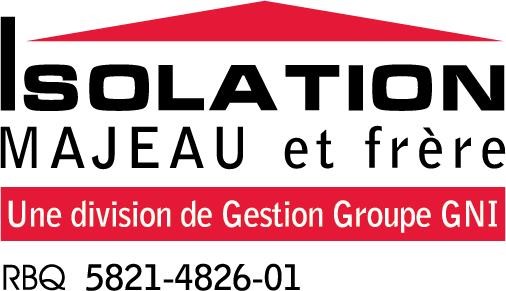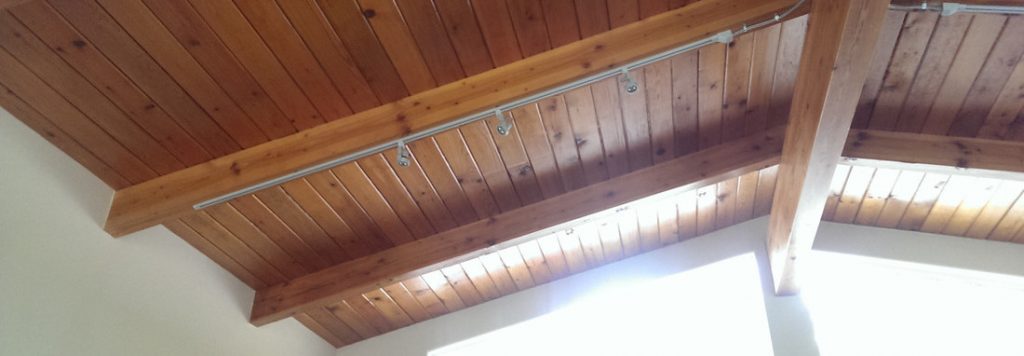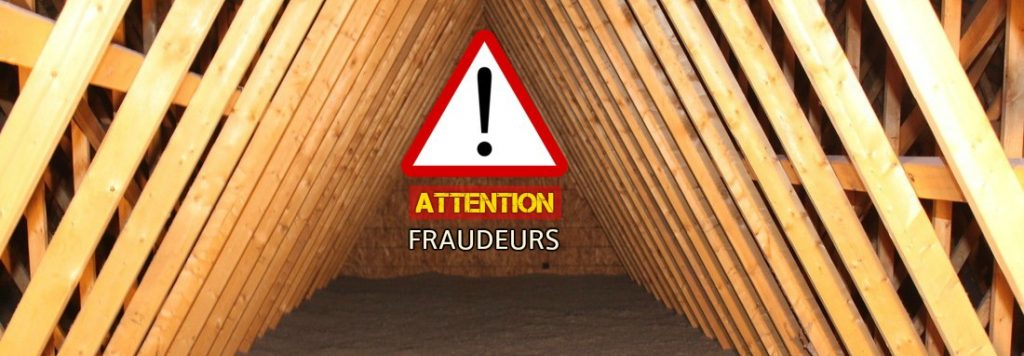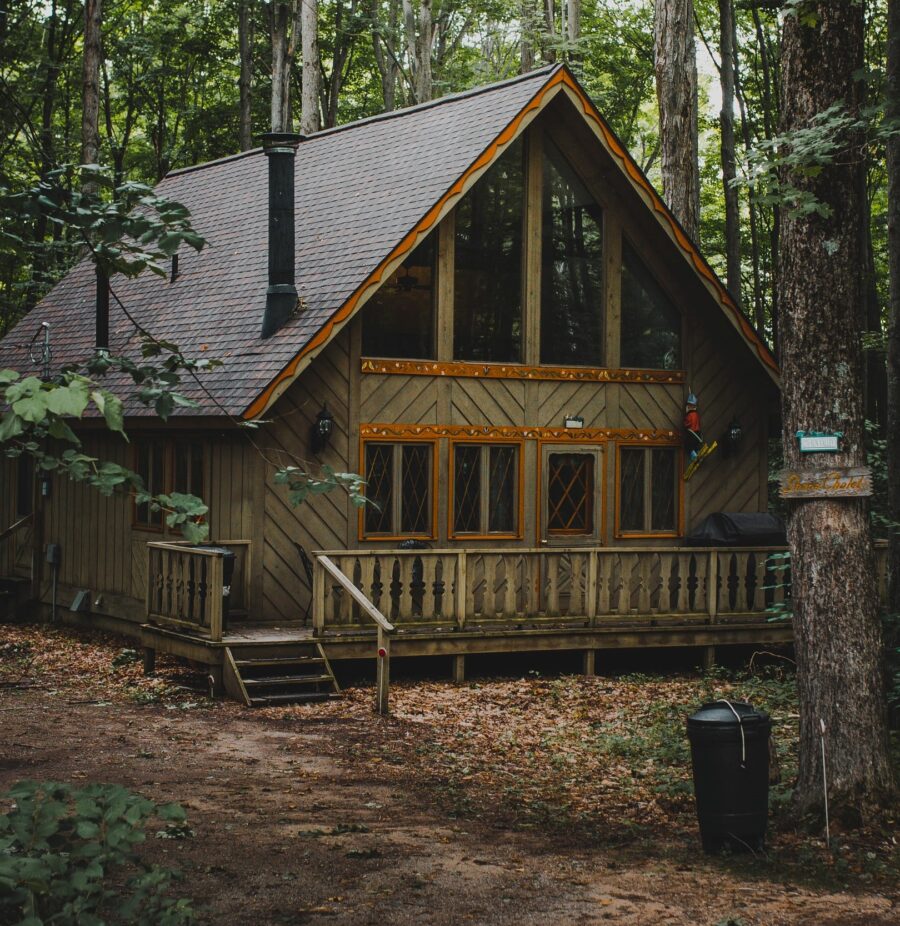Having gained popularity in the 1960s and 1970s, the cathedral roof (or cathedral ceiling) certainly offers the advantage of maximizing interior space, but it also comes with its share of disadvantages when the insulation and ventilation of the attic were not done properly at the time of the initial construction. These so-called “sloping” roofs are indeed prone to snow accumulation; without effective insulation and proper ventilation, your roof risks significant water infiltration and therefore premature degradation (if this is not already the case!)
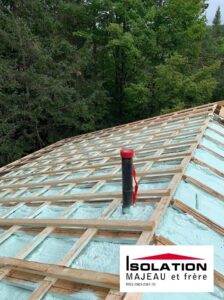
SYMPTOMS OF POOR INSULATION OF A CATHEDRAL ROOF
If you suspect that the insulation in your cathedral roof is not doing its job, make an initial diagnosis with these telltale signs.
During winter:
– Abnormally high energy consumption due to heat loss
– Heat that is distributed unevenly inside
– Presence of icicles on the edge of the roof (ice barrier)
– Water infiltration
– Surface condensation
– Mildew
During summer:
– Overheating caused by lack of ventilation
– Huge air conditioning costs
– Condensation and rotting of the attic
Isolation Majeau has been specializing in basement insulation for 25 years
Visit the following pages to learn more about the services covered in this article:
– Roof and attic insulation
– Urethane Insulation: Type 2 Sprayed Polyurethane
IMPLEMENTATION OF PERFORMING AND DURABLE INSULATION
How to definitively overcome these construction shortcomings and benefit from thermal insulation that complies with current standards? Two solutions are available to you: insulation from the inside or insulation from the outside. In both cases, we recommend the application of sprayed urethane, a highly resistant and efficient material known to offer a perfect seal as well as continuous insulation (free of thermal bridges).
INSULATION OF A CATHEDRAL ROOF FROM THE INTERIOR OR EXTERIOR
1. Be aware that interior or exterior access will be required, depending on the work you need to do. Are you planning to redo your roof? This is the perfect time to correct or improve the insulation!
2. A minimum of 5 inches of sprayed urethane should be applied. We recommend the application of 6.5 inches, which makes it possible to reach the R-41 value of new homes.
3. If you have limited space for insulation and ventilation, your roofing contractor can create the necessary space by increasing the height of the rafters.
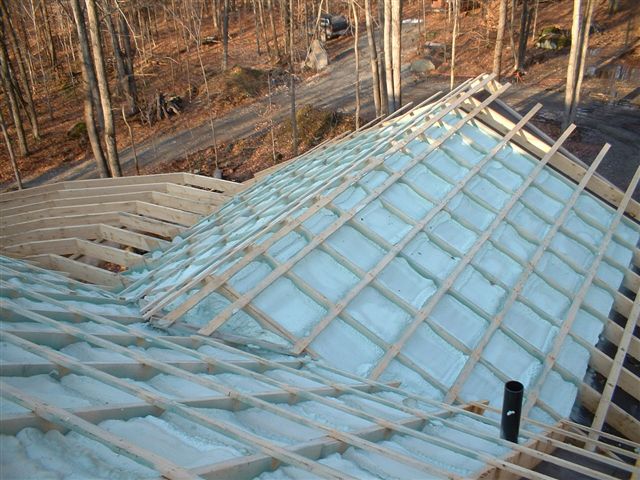
A TEAM OF EXPERTS AT YOUR ENTIRE DISPOSAL
Isolation Majeau has been specializing in basement insulation for more than 25 years
Visit the following pages to learn more about the services covered in this article:
-Roof and attic insulation
-Urethane Insulation: Type 2 Sprayed Polyurethane
Would you like to discuss your situation with one of our insulation experts? Contact us toll free at 1 888 962-5328.
This article was originally published on July 1, 2022 by Jocelyn St-Pierre
